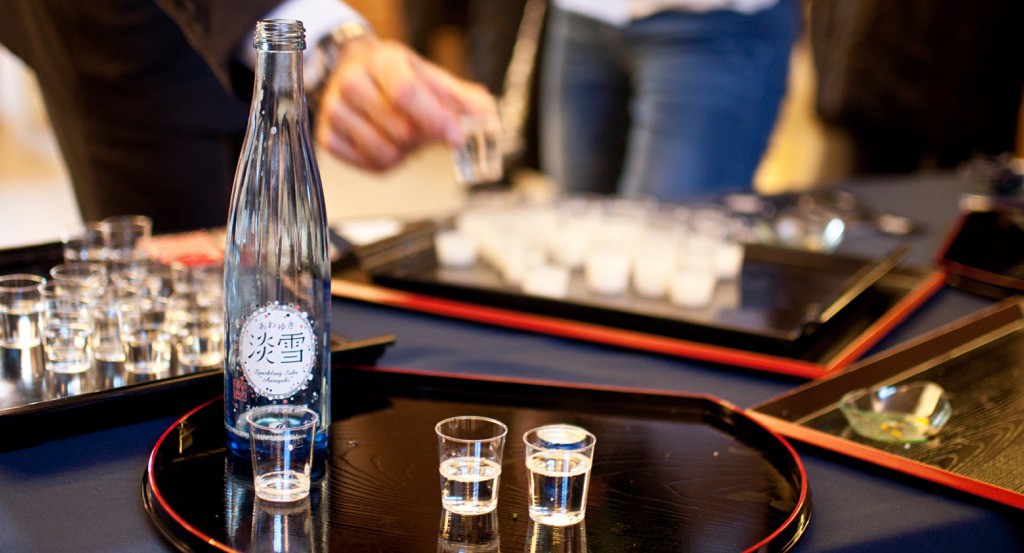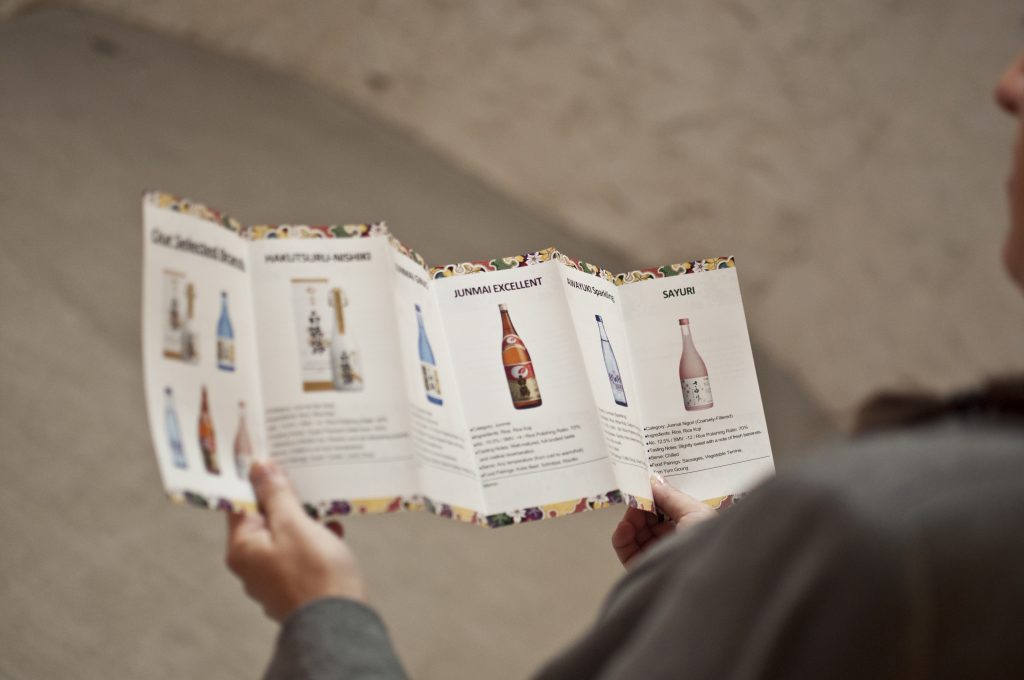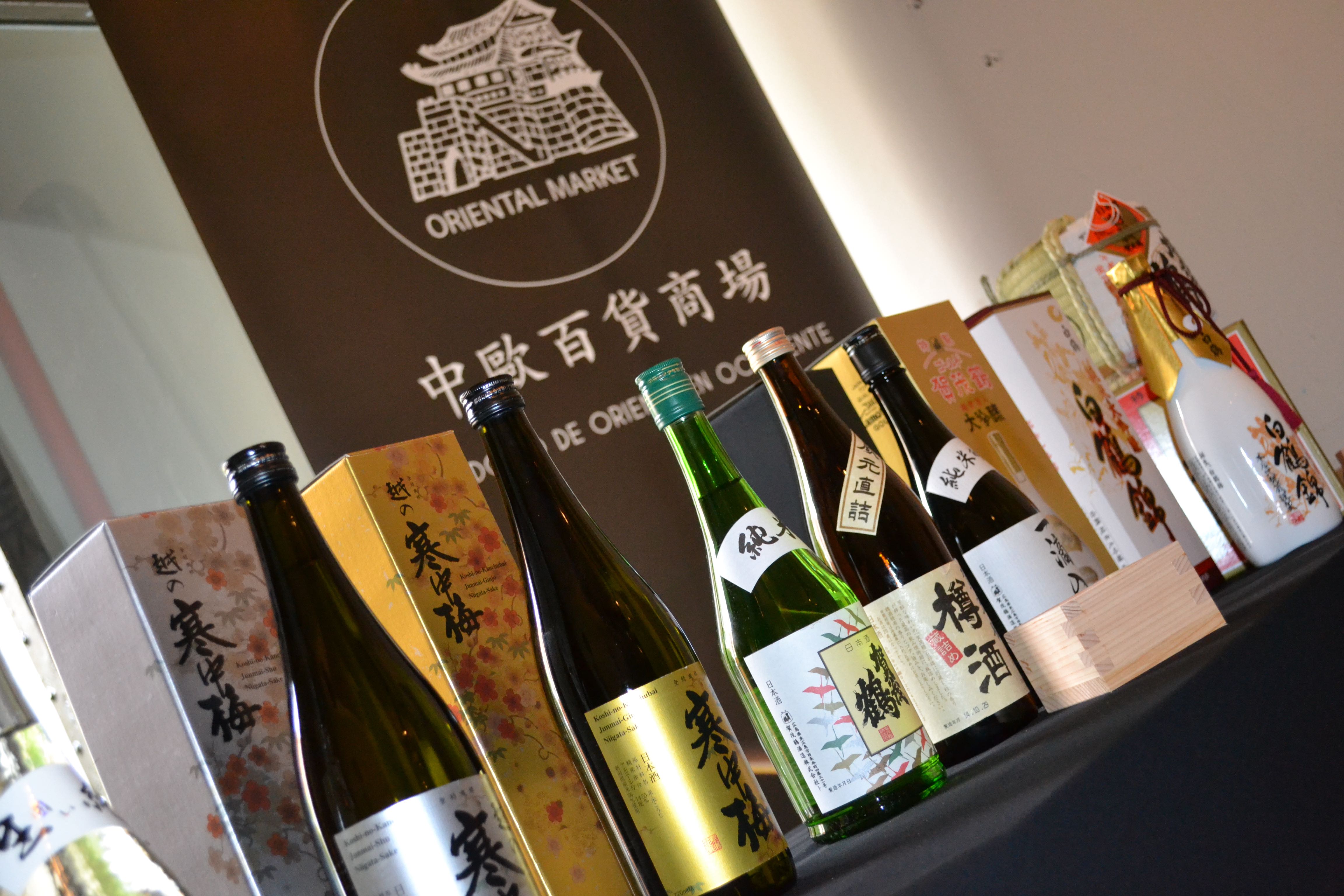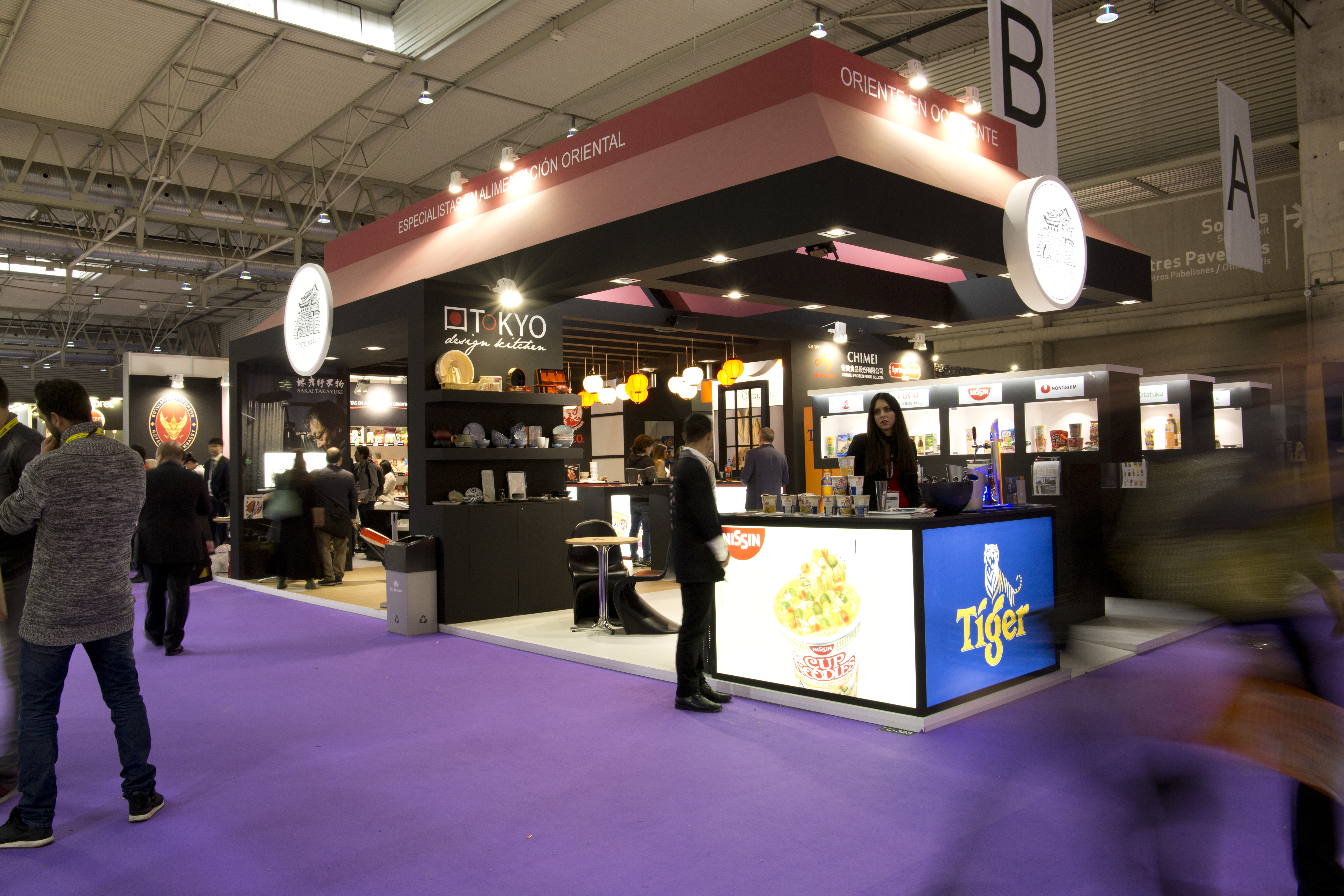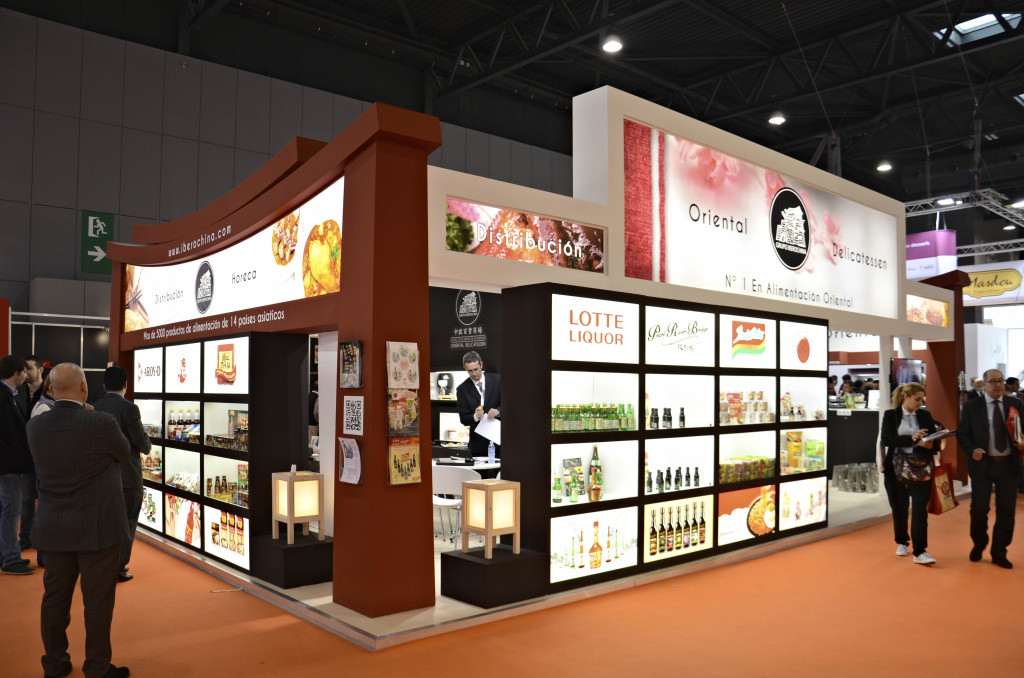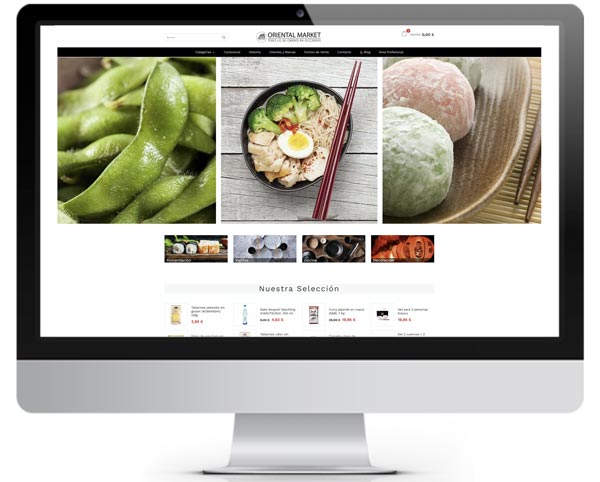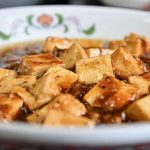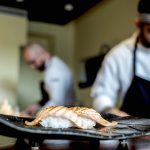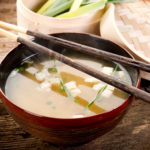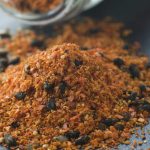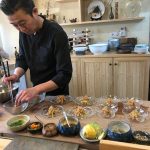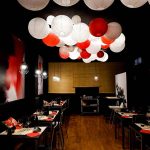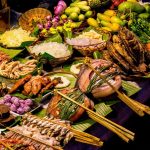On Tuesday 24 November, Oriental Market had the pleasure of presenting a premium sakes tasting at the modernist Hospital Sant Pau. A tasting that was included as one of the main activities of the IV International Congress of Asian Tourism and where 6 of the best Asian sakes were presented. Do you want to discover what they were?
The tasting was given by Roger Ortuño, Certified Sake Professional and Director of Comerjapones.com. In addition, each sake was paired with exquisite Japanese tapas prepared by chef Sebastián Merlet from Doble Zeroo and TOMOE. Nearly 100 people were attentive to the explanations given and tasted each sake while commenting on their surprise at the excellent combination of flavours and textures. But before we get into the subject, let’s make a small introduction of sake by Roger Ortuño:
Sake is a Japanese alcoholic beverage obtained from the fermentation of rice. It is made using the shinpaku or rice kernel, which is where the starch is concentrated, discarding the outer layers where the fats and proteins that would interfere negatively with the flavour are found. The rice grains are polished to this core. Depending on the degree of polishing of the rice, the resulting sake is classified into different types:
– Futsushu (regular)
– Honjozo (with added alcohol)
– Junmai (pure rice)
– Ginjo (premium)
– Junmai ginjo (premium pure rice)
– Daiginjo (superpremium)
– Junmai daiginjo (pure rice and superpremium).
Sake is not a wine, as wine is obtained through direct fermentation of grapes (and rice cannot ferment on its own). Nor is it a distilled beverage (because it is not distilled like whisky or shochu). And it is not a beer either, because it is made by malting – germinating and drying – cereals (but sake rice can no longer germinate after it has been polished). The koji fungus (Aspergillus oryzae) prepares the rice for the fermentation process, converting the starch into sugars fermentable by yeast. The process of converting starch into sugars and sugars into alcohol does not happen sequentially as in beer, but simultaneously in the same tank. This is known as “multiple parallel fermentation” and is a process that only occurs in sake brewing, achieving higher levels of alcohol than any other non-distilled beverage. Sake contains no sulphites, additives or preservatives.
So, which sakes were tasted during the tasting?
- Koshi no Kanchubai “Ginjo Nama Chozo” (Niigata): a perfect sake to combine with unagi kabayaki, sweet yakitori, santa shioyaki, kakisu, salted yakitori and soba.
- Hakutsuru Sayuri Nigori (Hyogo): cloudy nigori sake that retains particles of rice that has deliberately not been filtered. It should be served chilled and shaken before serving. Suggestions include yakitori or sukiyaki.
- Hakutsuru Josen (Hyogo): can be served at different temperatures, depending on what it is served with. Suggestions include tempura sukiyaki, tofu dishes and shabu-shabu.
- Kamotsuru “Itteki Nyukon” (Hiroshima): perfect with Katsuo tataki, Kaiseki Ryôri, tofu, maru soba, nabemono, ayu shioyaki, shiromi usuzukuri, anago shirayaki, nama harumaki.
- Hakutsuru Nishiki Junmai Daiginjo (Hyogo): Suggestions include sanma, horse mackerel, oily oily fish and shioyaki.
- Hakutsuru Awayuki Sparkling (Hyogo): a sweet and sparkling sake with a low alcohol content. Very easy to drink, either as an aperitif or as a dessert.
Have you already decided on your sake?

